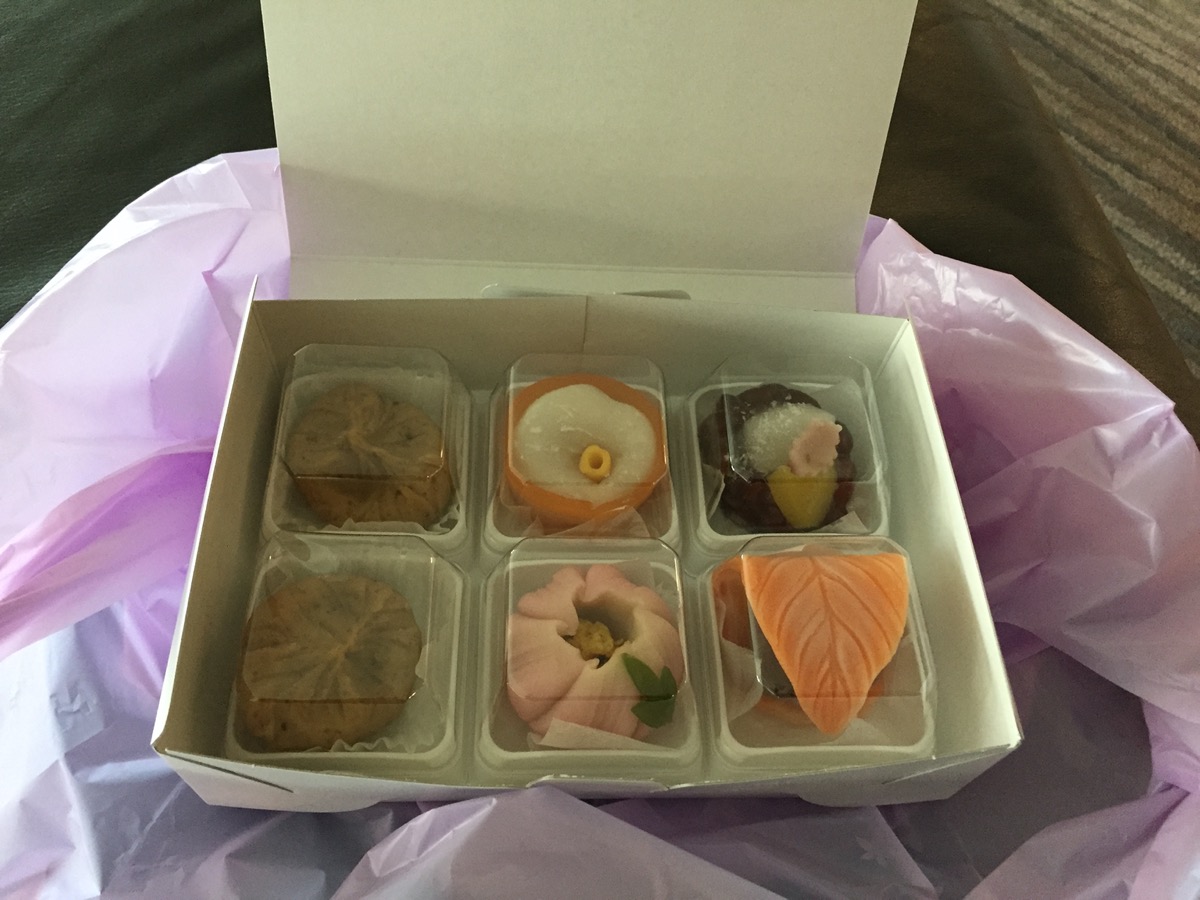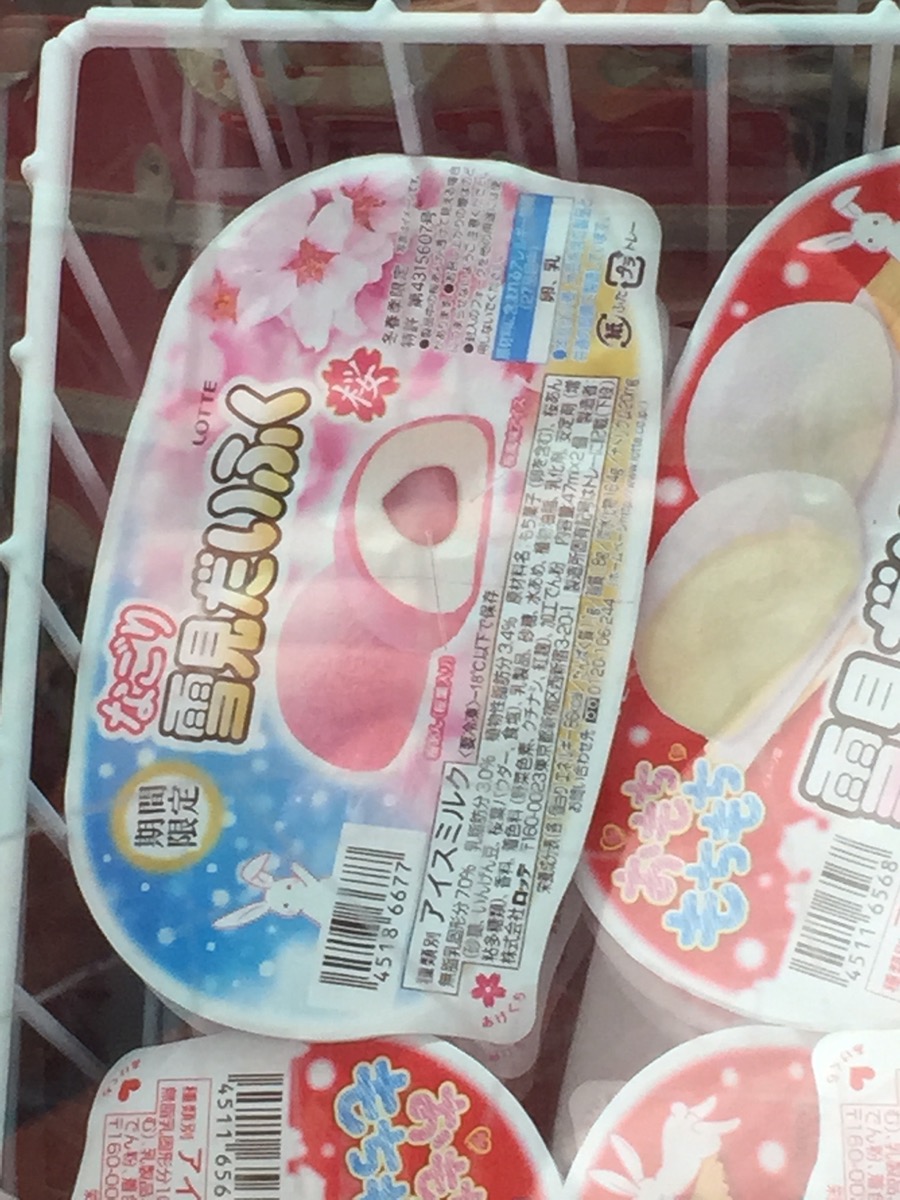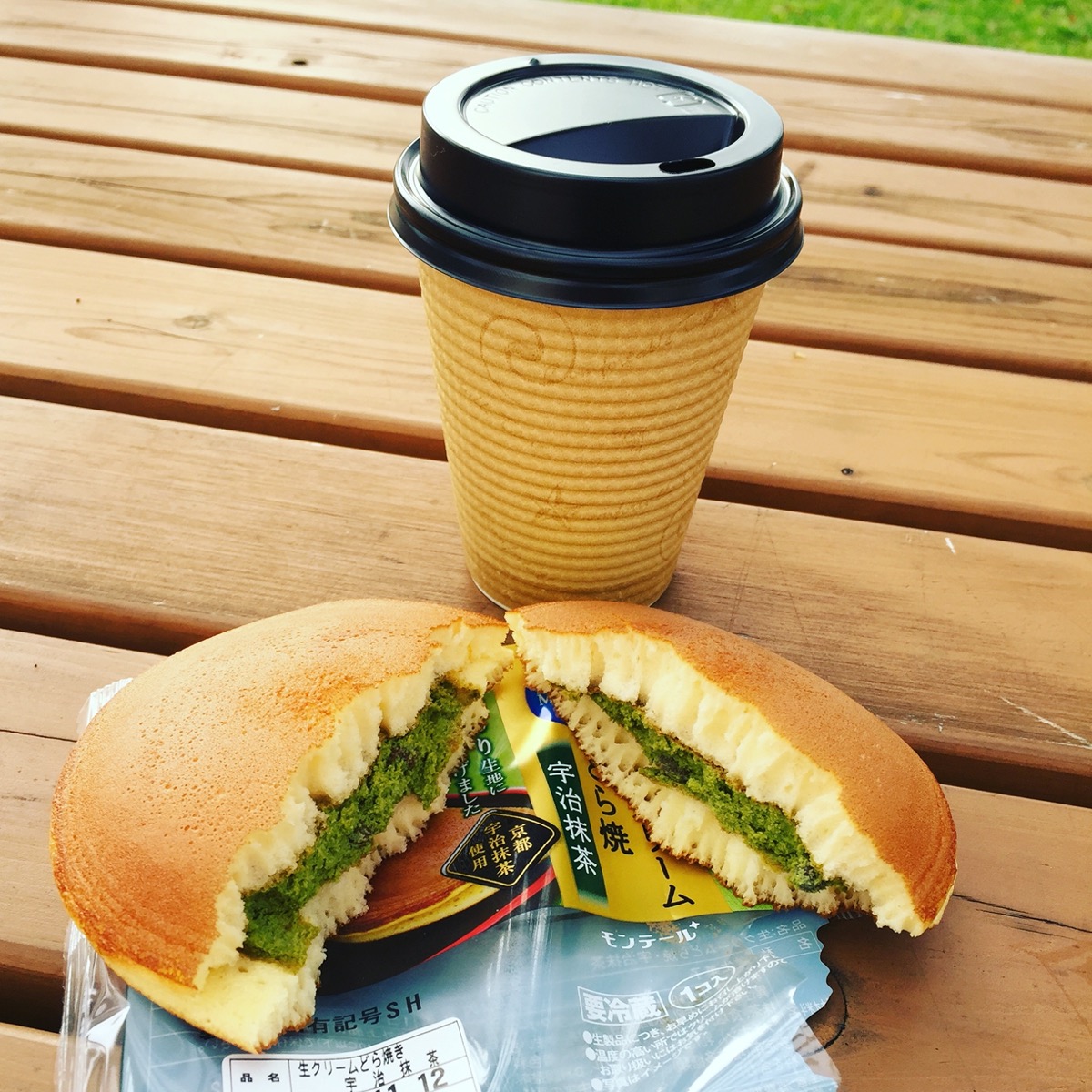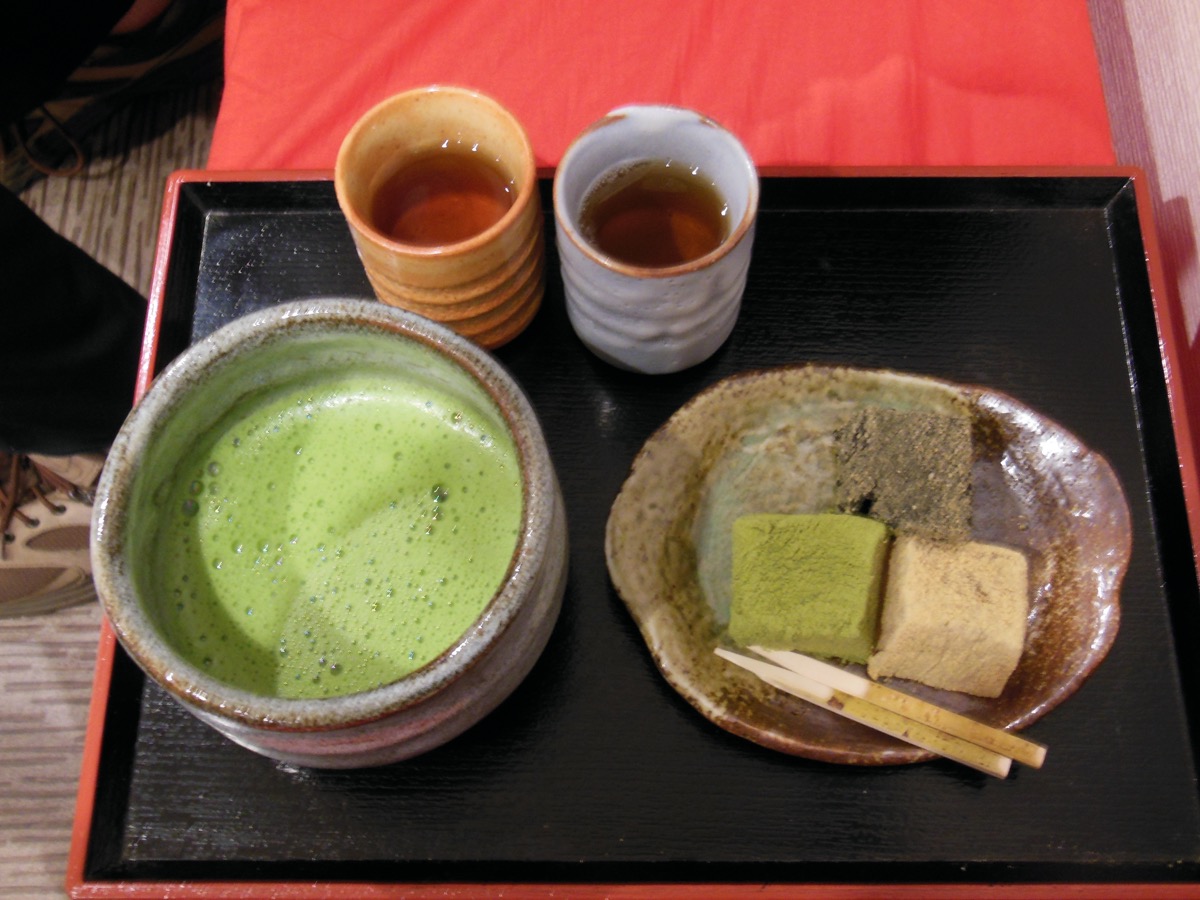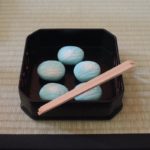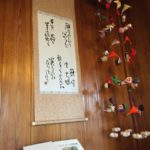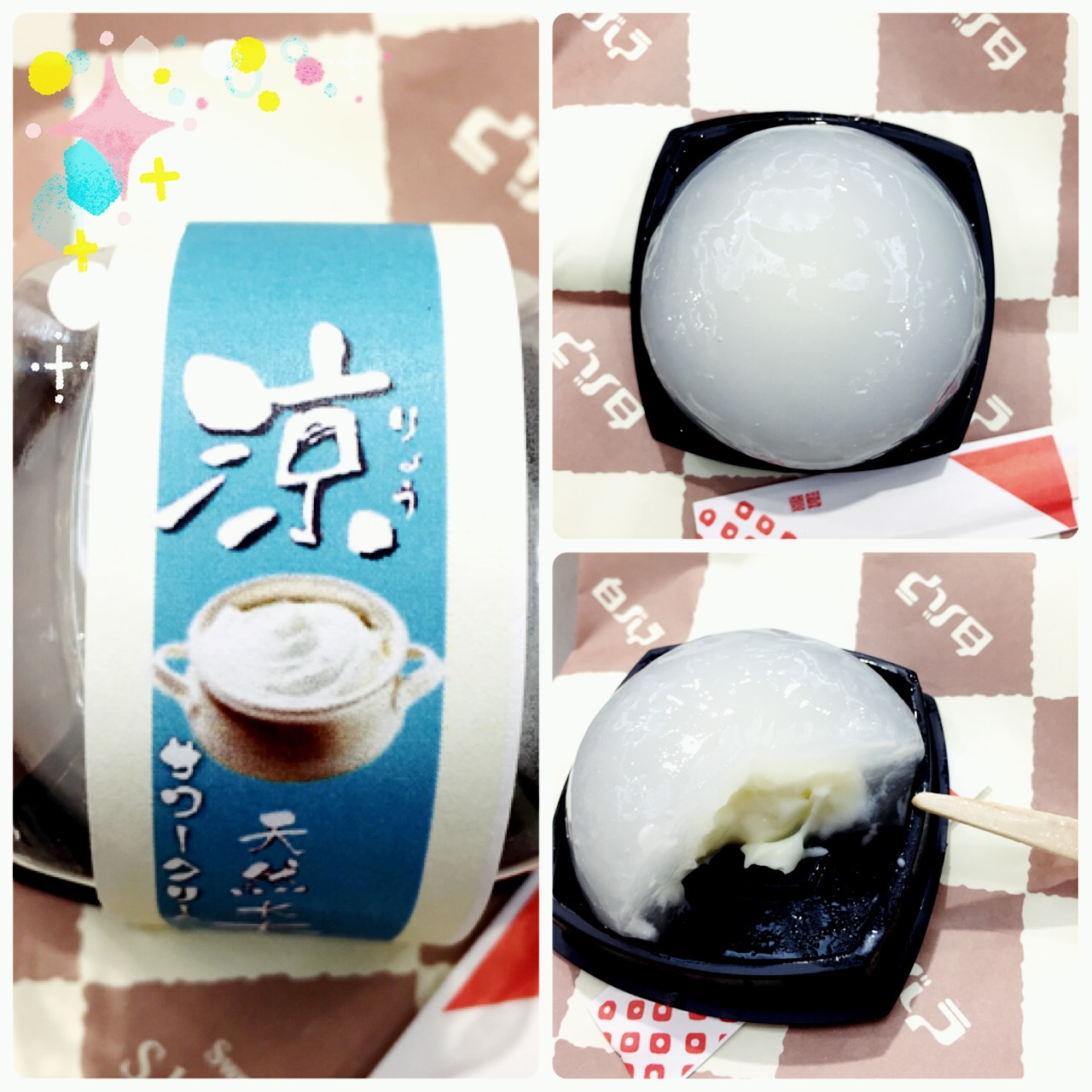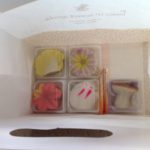和菓子 wagashi: Japanese style sweets
製菓 seika: confectionary
Another post that has been sitting in my drafts folder for way to long. So here it is.
There are many types of wagashi. Here in Okinawa, it is difficult to find ones that are nearly as intricate, beautiful, and delicious as the mainland, but there are some places where very nice wagashi can be found. Here are a few of my “not-to-be-missed” spots:
Usagi-ya うさぎや: literally the rabbit shop. This place is lovely but easy to miss, located on the busy road Rt. 34 in Ginowan. There are flags outside that say どら焼き (dorayaki) on them, but otherwise the store front is fairly unassuming and might not catch your eye. The sweets here are absolutely lovely. You can find many types here. https://goo.gl/maps/iZSm55Yag6oClosed!- Chinen seika wagashi shikisai 知念製菓和菓子「四季彩」: Chinen Japanese confectionary “Shikisai” (4 seasons) is larger shop located in the Shuri area (there is also a second smaller location as well). This place is a very nice location to look for seasonal wagashi. https://goo.gl/maps/qHbSQ3wJkzF2
- Shirobara (chain confections store) 白バラ: literally, “white rose.” This is a nice chain shop which makes it convenient since there are multiple locations. There typically is not a lot of variety of just wagashi as it is also a patisserie shop, but some seasonal items come and go. The main location is here: https://goo.gl/maps/Cfb5n4oFTKt
- Miyabi Teahouse. Read about their ohagi and dorayaki in a separate post here. I recommend trying these traditional sweets with green tea in their relaxing teahouse.
- 羊羊 Yoyo An Factory: Japanese sweets confectionary: here you can find daifuku and dorayaki, be sure to try them with a bowl of matcha! *Update: they also carry a few more Japanese sweets items now.
- Wa Cafe Nodoka: 和カフェ和花: these are sort of “modern” dorayaki, try these with a bowl of matcha, you will not be disappointed.
Special Mention: Suehiro Confectionery 末廣製菓 in Makishi market area. They have a mix of items, mostly more Western or Okinawa sweets, but some Japanese confections mixed in as well. I wouldn’t expect to find any actual fancy wagashi, but may be worth a stop if you are in the Makishi area.
Of course, if you go to the Ryubo department store in Naha, you may also be able to find several of these in one location; some are local and some may even ship in from the mainland.


